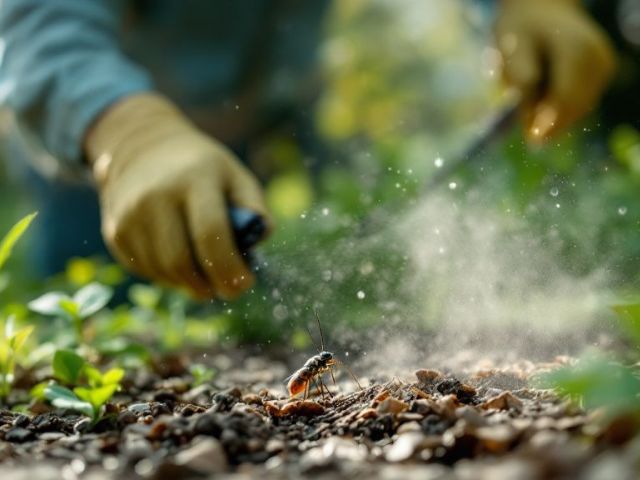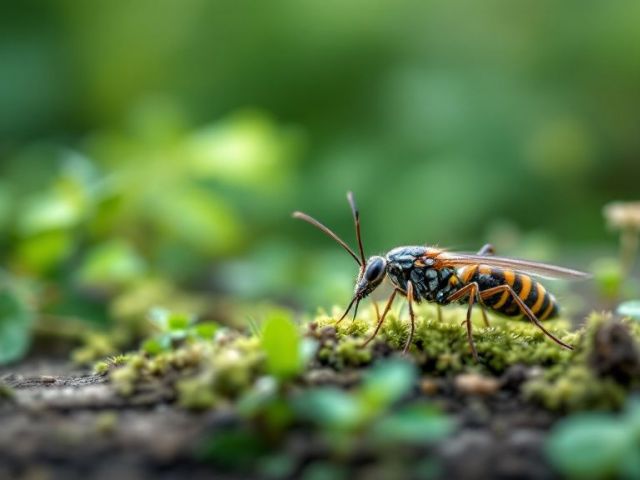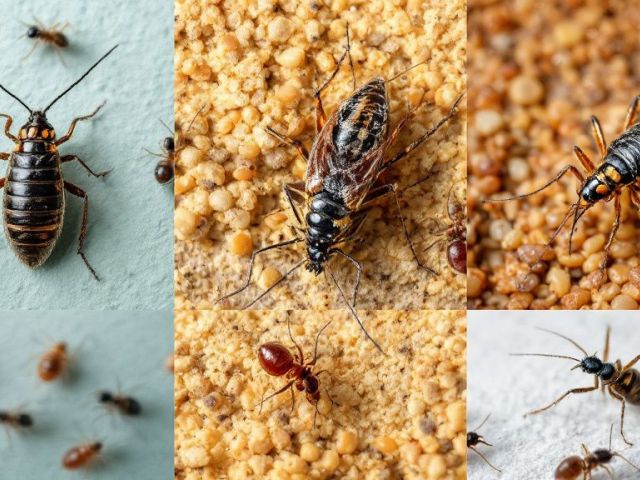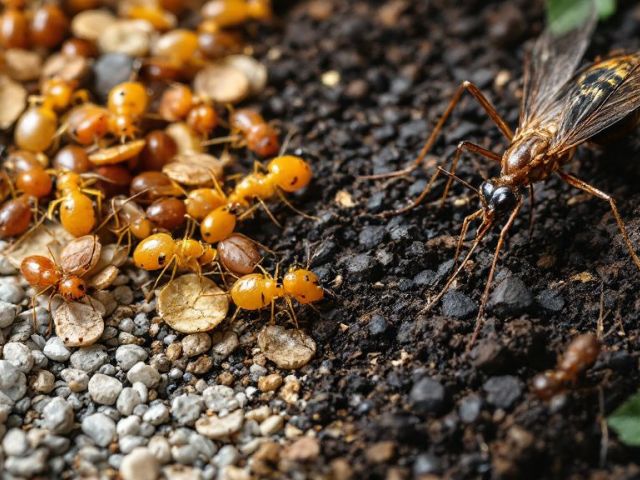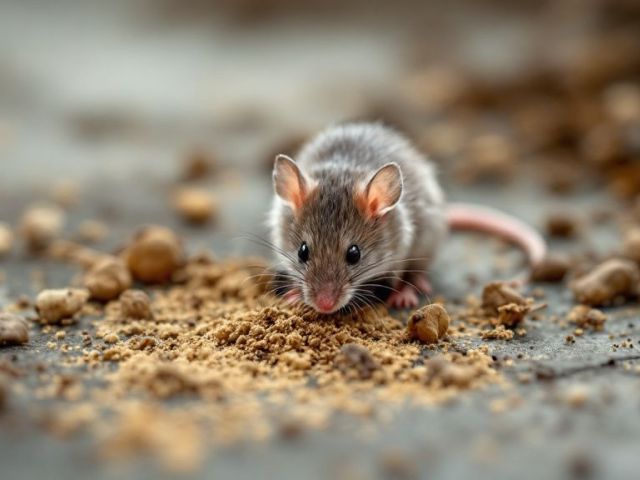Uncovering the Secrets of Household Pest Control
Household pests can be an overwhelming nuisance. You may find yourself peering into cupboards only to be met by the scuttling of roaches or lying awake at night, worrying about the telltale bites of bed bugs. Each invader, from the steadfast ant to the ever-elusive bed bug, holds its own secrets, impacting your daily life in various ways. Understanding these secrets is key to reclaiming your home. You can look into practical methods such as effective traps and sprays for how to get rid of roaches or invest in professional bed bug inspection services to ensure a comprehensive eradication. By cracking the code of pest behavior and prevention, you grasp the power to maintain a pest-free environment. From understanding where roaches prefer to hide to the ways ants trail indoors, you embark on a journey of discovery for a harmonious home.
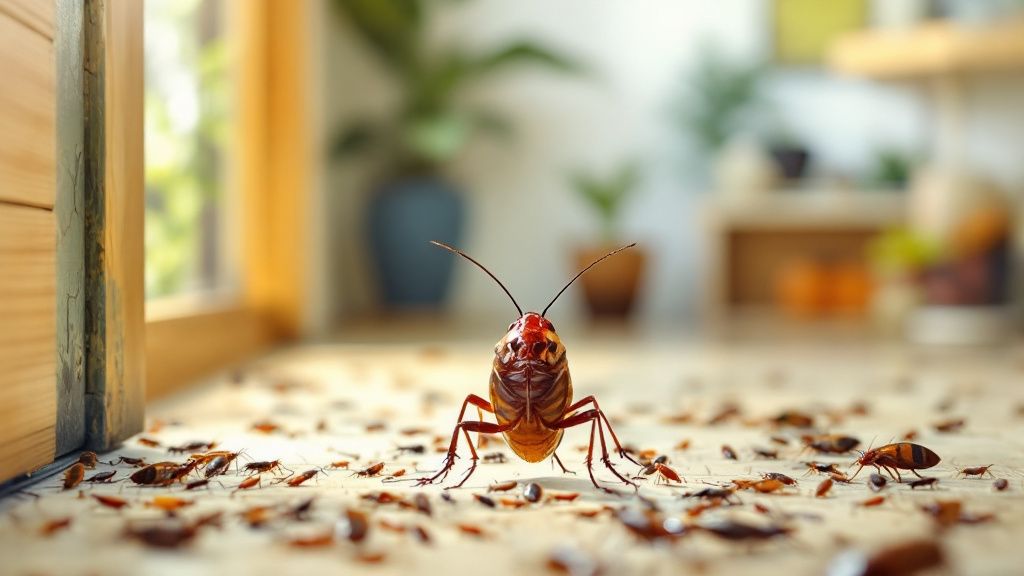
Understanding the Behavior of Roaches
Cockroaches are among the most adaptable creatures on Earth. Their nocturnal lifestyle helps them thrive in a variety of environments, often unseen by you during the day. Cracks, crevices, and dark corners become safe havens for these elusive pests, making it crucial to manage clutter and seal entry points. By understanding these habits, you’re one step closer to mastering how to get rid of roaches in your home.
Transforming a roach-friendly environment into an inhospitable one requires keen insight. You might notice their preference for moisture-rich areas such as under sinks or appliances, indicating a need to fix leaks and improve ventilation. A single egg capsule can lead to dozens of new roaches, emphasizing the importance of quick and decisive action in preventative measures.
According to recent studies, cockroaches communicate through pheromones, which explains how they locate feeding and breeding sites efficiently. This scientific discovery highlights the need to disrupt their social gatherings by keeping food sealed and employing regular cleaning routines. Despite the challenges, these insights equip you with valuable strategies against the roach infestation.
Professional extermination services can offer additional support in severe cases. While you may opt for bed bug inspection services for specific infestations, similar expert assistance can be vital in persistent roach problems, ensuring a more comprehensive solution and peace of mind.
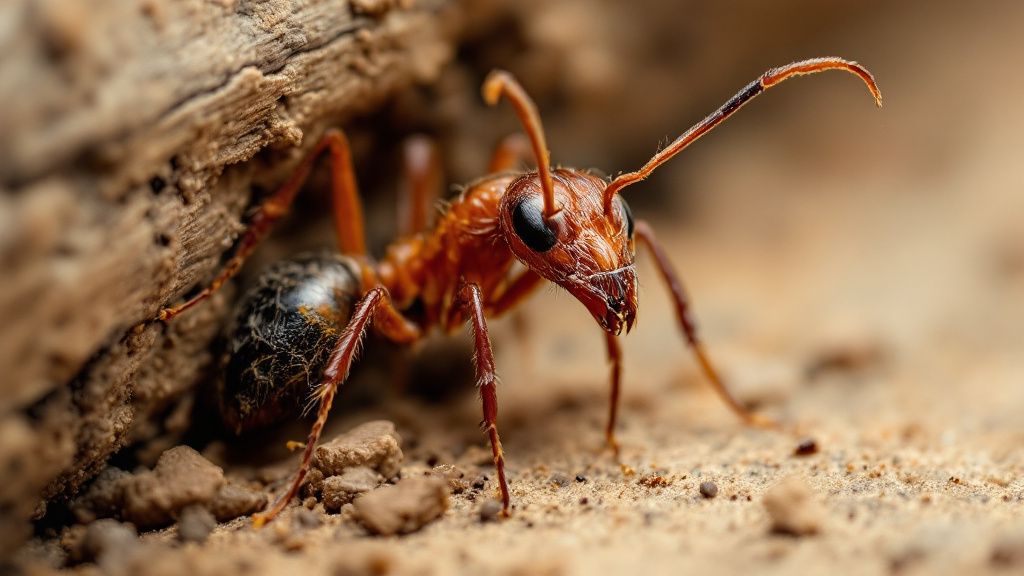
Common Types of Ants and Their Characteristics
Ants are among the most common household intruders. Understanding their characteristics can help in managing infestations. The odorous house ant, for instance, is known for the rotten coconut scent it releases when crushed. This tiny invader often seeks out sweets and greasy foods, making it important to keep kitchens clean and food securely stored to minimize their visits.
Carpenter ants are another frequent offender in homes. Unlike their name suggests, these ants don’t consume wood but instead hollow it out for nests, causing structural damage. You should monitor and repair any wooden areas of your house that are damp or decayed, especially since these ants can be an indicator of potential moisture problems in your home.
While many believe that basic store-bought ant traps are sufficient, there’s a strong case for a more targeted approach. Different ants have different nesting behaviors and food preferences, so a one-size-fits-all solution may not always be effective. Tailoring your pest control strategy to specific ant species can enhance your success in eliminating them.
Professional pest control services, similar to bed bug inspection services, can tailor treatments to specific issues like an ant infestation. Though the focus here might differ from how to get rid of roaches, employing a precise method for ants ensures your home remains as invader-free as possible.
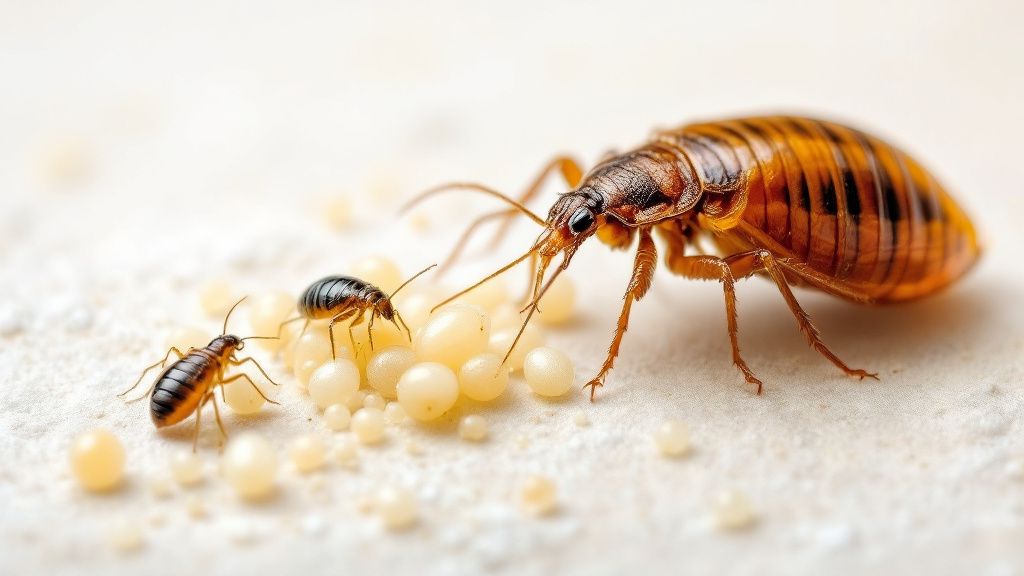
Insights into the Life Cycle of Bed Bugs
Bed bugs possess a unique and resilient life cycle that allows them to thrive in human environments. The journey begins with the female bed bug laying clusters of eggs, which are often hidden in crevices and seams. These tiny white eggs hatch into nymphs, passing through five molts before reaching adulthood. Each stage requires a blood meal, primarily from you or your pets, to progress. This dependency on a stable environment for feeding and breeding underscores the importance of maintaining optimal sanitation and vigilance.
Tracing its evolution from ancient Egypt, bed bugs have adapted alongside humans for thousands of years. Historical references highlight their persistent presence in human habitats, revealing how they have woven themselves into the fabric of domestic life. Given their history, you must understand how bed bug inspection services can facilitate a thorough investigation and treatment of your home. This level of scrutiny is essential, as adult bed bugs can survive several months without feeding, complicating eradication efforts if not handled properly.
Despite their seemingly simple life cycle, bed bugs masterfully avoid detection due to their nocturnal nature and small size. They often hide in your mattress seams, box springs, and even wallpaper, making it essential for treatments to target these specific areas. You can minimize the chances of infestation by inspecting luggage and second-hand furniture before bringing them into your home. While the battle against bed bugs requires persistence, the insights you gain into their evolutionary history and life cycle empower you to take informed actions, potentially integrating steps similar to those for how to get rid of roaches in your quest for a pest-free haven.

Comparing Chemical and Non-Chemical Pest Control
In the ongoing battle against household pests, you often find yourself choosing between chemical and non-chemical pest control methods. Chemical solutions, like insecticides, can offer immediate results, swiftly targeting and eliminating pests such as roaches and bed bugs. Yet, these chemicals can pose risks to your health and the environment, requiring you to exercise caution and follow instructions meticulously to ensure safety.
On the other hand, non-chemical pest control relies on preventive measures and natural remedies. These methods aim to disrupt the living conditions of pests without introducing harmful substances. Techniques such as sealing entry points, maintaining cleanliness, and using traps can effectively reduce pest populations without chemical intervention. These methods, however, typically require more patience and persistence from you to see results.
One of the most frequently asked questions about pest control is which method is more effective: chemical or non-chemical? The answer depends on your specific situation, including the type and severity of the infestation. For instance, while chemical methods might be necessary for severe bed bug cases, integrating bed bug inspection services with non-chemical approaches can provide a holistic solution that aligns with your personal preferences and health considerations.
Balancing the pros and cons of both approaches is vital to deciding your pest control strategy. Whether tackling how to get rid of roaches or managing a bed bug situation, your knowledge of these methods empowers you to make informed decisions that suit your home’s needs and your peace of mind.

Innovative Technologies in Pest Elimination
The advent of innovative technologies is revolutionizing how you approach pest elimination, offering safer and more effective methods. Heat treatment, for instance, harnesses high temperatures to eradicate bed bugs without chemicals, making it an eco-friendly choice for your home. This technique not only ensures thorough penetration in hard-to-reach areas but also appeals to those concerned about using harsh substances in their living spaces.
Ultrasonic pest repellents are another forward-thinking solution attracting attention. These devices emit high-frequency sound waves, deterring pests like roaches and ants without harming them or affecting humans and pets. With the simplicity of a plug-and-go installation, ultrasonic technology offers a convenient alternative to conventional pest control methods that require ongoing maintenance and application.
Looking at pest control through the lens of smart home integration, we can see that intelligent traps and sensors are carving new pathways in proactive management. These innovations connect to your devices, allowing you to monitor and respond to pest activity remotely. This unique perspective enables you to adopt a more dynamic and responsive approach, incorporating real-time data into your strategies for managing how to get rid of roaches and other pests.
Together, these advancements highlight the transition towards more sustainable and personalized pest management solutions. Coupling innovative technologies with traditional methods, like bed bug inspection services, empowers you to tailor a multi-faceted strategy that meets both modern and enduring household needs.
DIY Pest Control: What Works and What Doesn’t
DIY pest control methods can be appealing for their convenience and cost-effectiveness. Simple remedies like using boric acid or diatomaceous earth can prove effective against roaches by damaging their exoskeletons and dehydrating them. Meanwhile, essential oils such as peppermint or tea tree can act as natural repellents for ants and bed bugs. For many, these solutions offer a sense of empowerment and control over household pests.
However, not all DIY approaches yield the desired results, especially for severe infestations. Common misconceptions, such as relying solely on traps or vinegar sprays, often fall short in eliminating resilient pests like bed bugs, which require comprehensive treatments. Comparing these efforts to professional services highlights the limitations of over-the-counter solutions, particularly for extensive infestations that may necessitate bed bug inspection services for thorough eradication.
Comparing traditional pest control methods vs emerging DIY trends reveals a nuanced landscape where effectiveness varies widely. While home remedies can supplement your pest management strategy, they may not replace professional expertise when tackling entrenched infestations. Understanding the strengths and limitations of both DIY and professional approaches allows you to balance immediate action with long-term prevention, ensuring your home remains a pest-free sanctuary.


